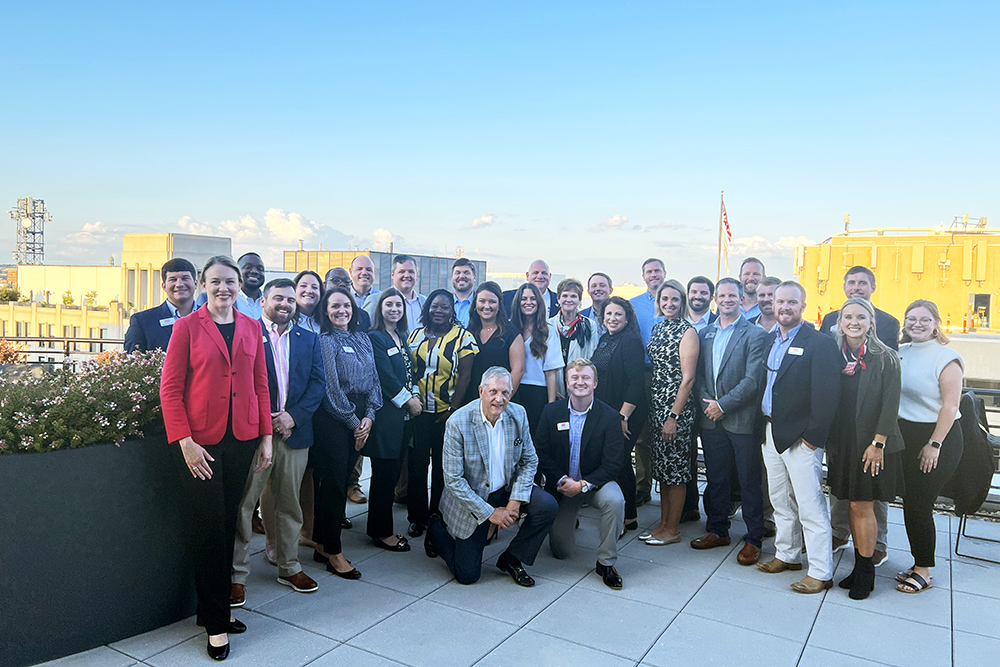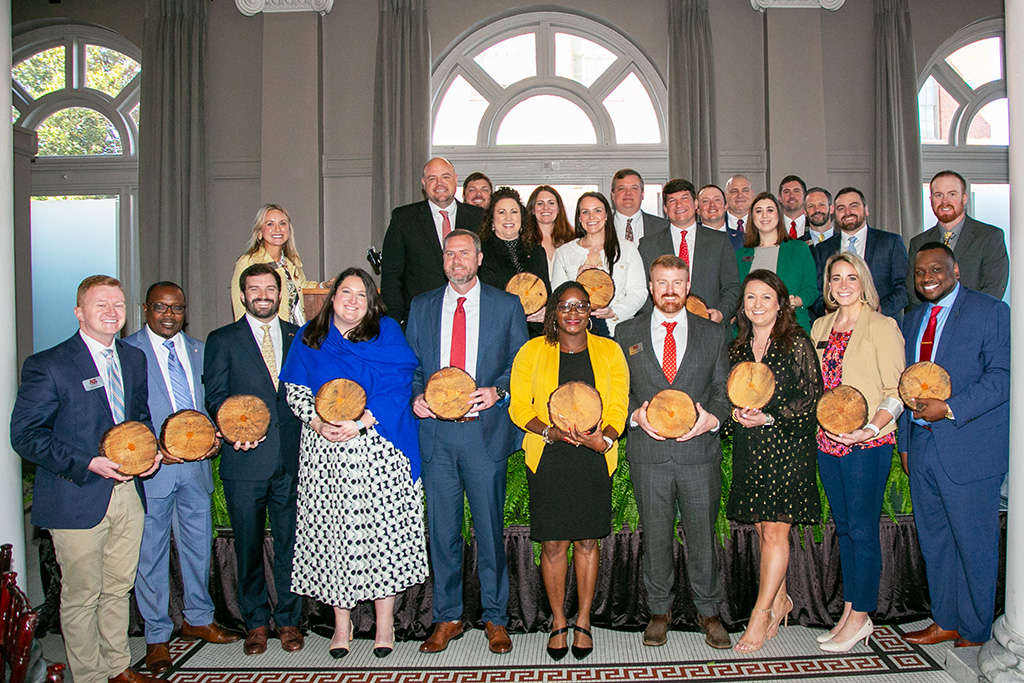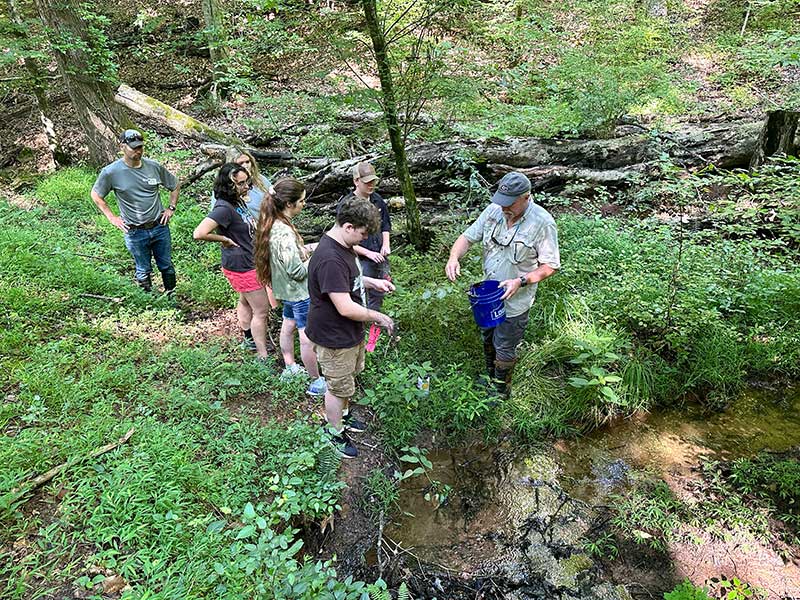Bill Pickens, Conifer Silviculturist, North Carolina Forest Service
Shortleaf pine, Pinus echinata, is the most widely distributed, but perhaps least understood of the four major southern yellow pines. Growing in 22 states from southern New York to eastern Texas, it occupies the largest range of any pine in the southeastern United States. Its extensive distribution reflects it adaptability to a great variety of soil, average annual temperatures (48–70-degree F), total precipitation (40–60 inches) and elevations (up to 3000 feet). Throughout much of its range, but especially in the East, it is a species of minor and varying occurrence often found growing with other pines and hardwoods. In Arkansas and Missouri, where it is the only naturally occurring pine, we find widespread areas of pure and mixed shortleaf-oak stands.








